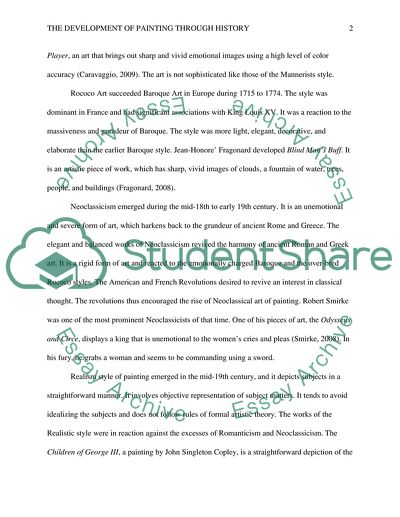Cite this document
(“The development of painting through history Essay”, n.d.)
The development of painting through history Essay. Retrieved from https://studentshare.org/visual-arts-film-studies/1668954-the-development-of-painting-through-history
The development of painting through history Essay. Retrieved from https://studentshare.org/visual-arts-film-studies/1668954-the-development-of-painting-through-history
(The Development of Painting through History Essay)
The Development of Painting through History Essay. https://studentshare.org/visual-arts-film-studies/1668954-the-development-of-painting-through-history.
The Development of Painting through History Essay. https://studentshare.org/visual-arts-film-studies/1668954-the-development-of-painting-through-history.
“The Development of Painting through History Essay”, n.d. https://studentshare.org/visual-arts-film-studies/1668954-the-development-of-painting-through-history.


